All products featured are independently chosen by us. However, SoundGuys may receive a commission on orders placed through its retail links. See our ethics statement.
Best smartphones for audio
May 22, 2024

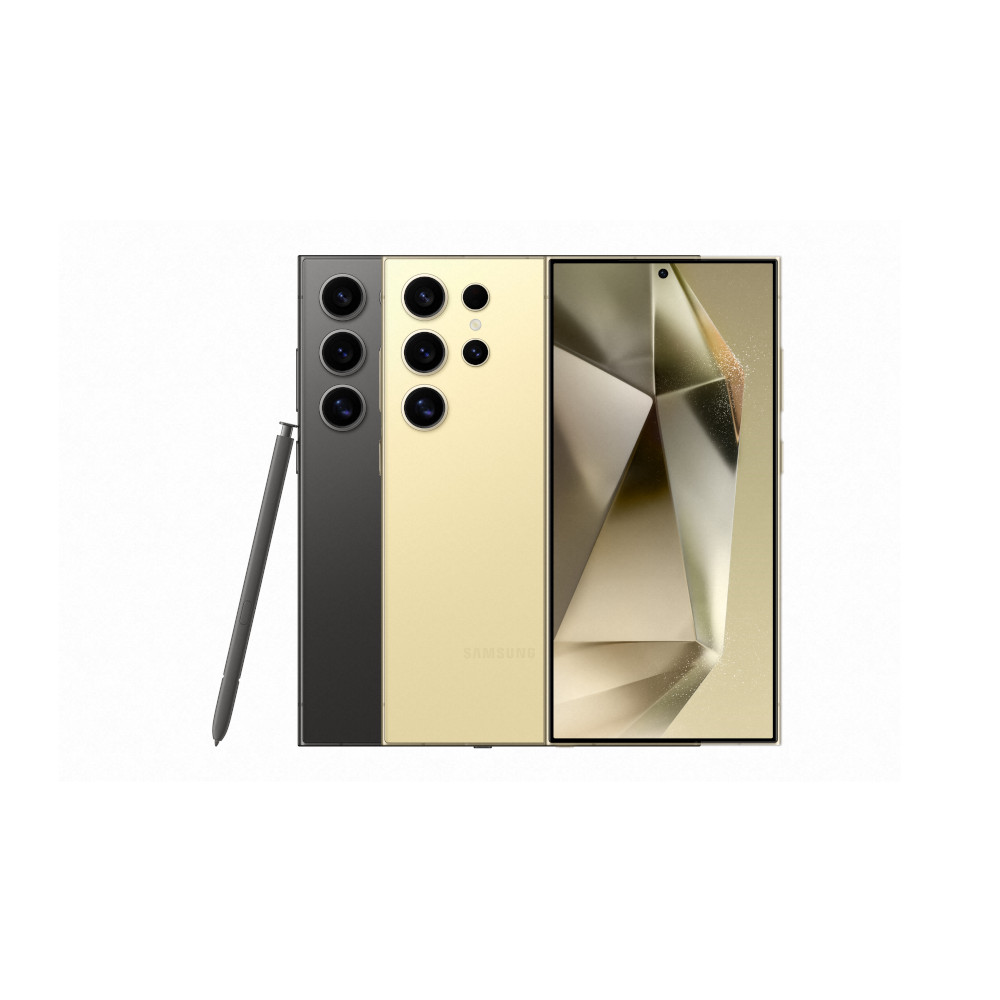



Your smartphone is your gateway to music, podcasts, and all things audio. It’s crucial to pick a device that brings out the best in your favorite sounds. Quality audio enhances every beat and word, turning a mundane listen into a dynamic experience. We’re going to zero in on the smartphones that excel in audio performance. From stellar built-in speakers to robust audio features and compatibility with various headphones, the devices on our list ensure that you hear every sound as intended. We’ve rounded up the best audio phones, from having a headphone jack to stereo speakers, so you can find one that hits all the right notes for you.
What's new?
- This list was updated on May 22, 2024, to add new top picks.
- Check out our list of the best music streaming apps for your phone and the best-wired headphones to maximize your listening experience. You can also check out our list of the best wireless earbuds to use these smartphones' Bluetooth capabilities.
The best phone with a headphone jack is the Sony Xperia 1 V
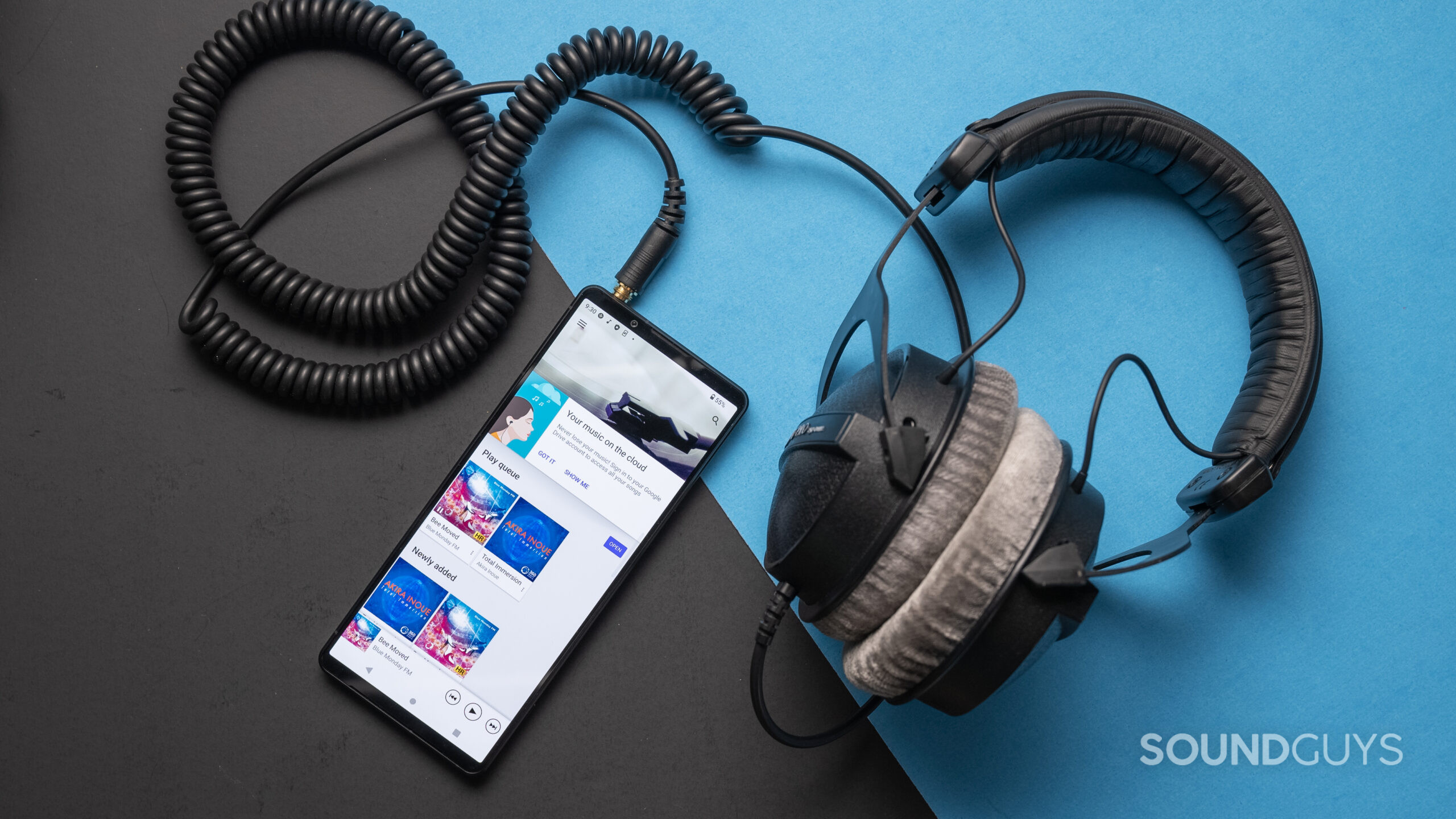
Finding a phone with a headphone jack is already hard enough. Coming across a good, high-end one is even more complicated. This is what makes the Sony Xperia 1 V such a special phone. The plethora of audio options ensures your playlists sing, whether you’re listening over speakers, one of the phone’s many high-end Bluetooth codecs, or the classic headphone jack.
To enhance immersion, the device uses full-stage stereo speakers with high-resolution audio and Dolby Atmos. It also provides Sony’s Digital Sound Enhancement Engine (DSEE) and a dynamic vibration system. The device has a host of audio software features, such as an audio equalizer and mixer and an app called Music Pro, a paid service that allows you to record vocal and instrument audio and upload it to the cloud for processing.
Overall, the Xperia 1 V has all the great benefits of a modern high-end device. It has a durable construction with a minimalist design. You’ll also get premium performance, as it launched with some of the latest and greatest internals. It also has a great camera system, surpassed only by some flagships from Apple, Samsung, or Google. And if you order the phone from Sony in the US, you’ll even get a pair of Sony Linkbuds for free.

Xperia 1 V specs:
- Display: 6.5-inch, 4K
- Chipset: Snapdragon 8 Gen 2
- RAM: 12GB
- Storage: 256/512GB
- Cameras: 48, 12, and 12MP
- Front camera: 12MP
- Battery: 5,000mAh
- Software: Android 13
The Samsung Galaxy S24 Ultra has the best speakers
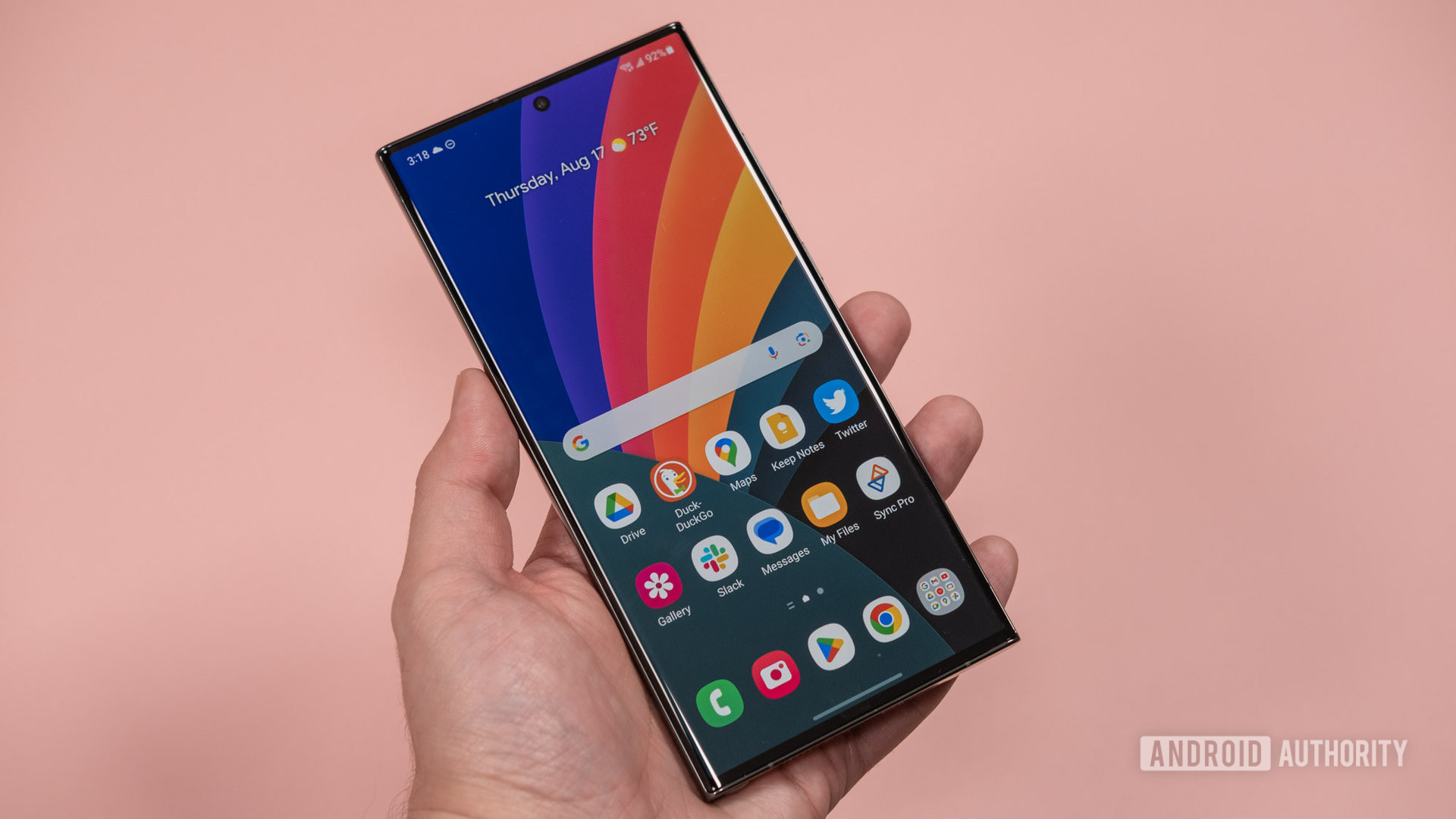
The Samsung Galaxy S24 Ultra is a big phone with a large list of features and abilities. It offers great performance, has a vivid display, houses a stylus pen, has great battery life, includes amazing cameras, and more. Unsurprisingly, the Galaxy S24 Ultra is also one of the best phones with the best smartphone speakers.
Our friends over at Android Authority noted in their review that the phone has “loud, punchy speakers,” building on the solid sound offered by its predecessor. Like the Galaxy S23 Ultra, the latest model’s speakers can double as a miniature boombox while keeping distortion in check.
It’s not a true audiophile phone, though. The device lacks a headphone jack, but at least you get plenty of Bluetooth support and can still use dongles. As Samsung’s top model, it’s costly, starting at $1,299.

Galaxy S24 Ultra specs:
- Display: 6.8-inch QHD+
- SoC: Snapdragon 8 Gen 3 for Galaxy
- RAM: 12GB
- Storage: 256/512/1,024GB
- Cameras: 200, 12, 50MP
- Front cameras: 12MP
- Battery: 5,000mAh
- Software: Android 14
ASUS ROG Phone 8 is best for wired listening while gaming
If you’re looking for one of the best gaming phones, it’s hard to beat the ASUS ROG Phone 8 series. This includes the ASUS ROG Phone 8 and ROG Phone 8 Pro.
All things considered, both devices are very similar. They both feature a Snapdragon 8 Gen 3 processor, a nice 6.78-inch LTPO AMOLED display with a 165Hz refresh rate, an identical triple-camera system, and a 5,500mAh battery with 65W charging. They also offer plenty of RAM; the ROG Phone 8 offers your pick between 12GB and 16GB, while the ROG Phone 8 Pro is available with 16GB or a whopping 24GB of RAM. Of course, all these great specs make these some of the best phones with a headphone jack.
There are some slight differences to keep in mind, though. The Pro version has a Mini-LED matrix light set in the back for added flare, while the base version has an illuminated ASUS logo instead. Both also offer pressure-sensitive zones that act as shoulder triggers.

ROG Phone 8 specs:
- Display: 6.78-inch, Full HD+
- SoC: Snapdragon 8 Gen 3
- RAM: 12/16GB
- Storage: 256GB
- Cameras: 50, 13, and 32MP
- Front camera: 32MP
- Battery: 5,500mAh
- Software: Android 14
Apple fan? Get the iPhone SE for cheap, or splurge on the iPhone 15 series
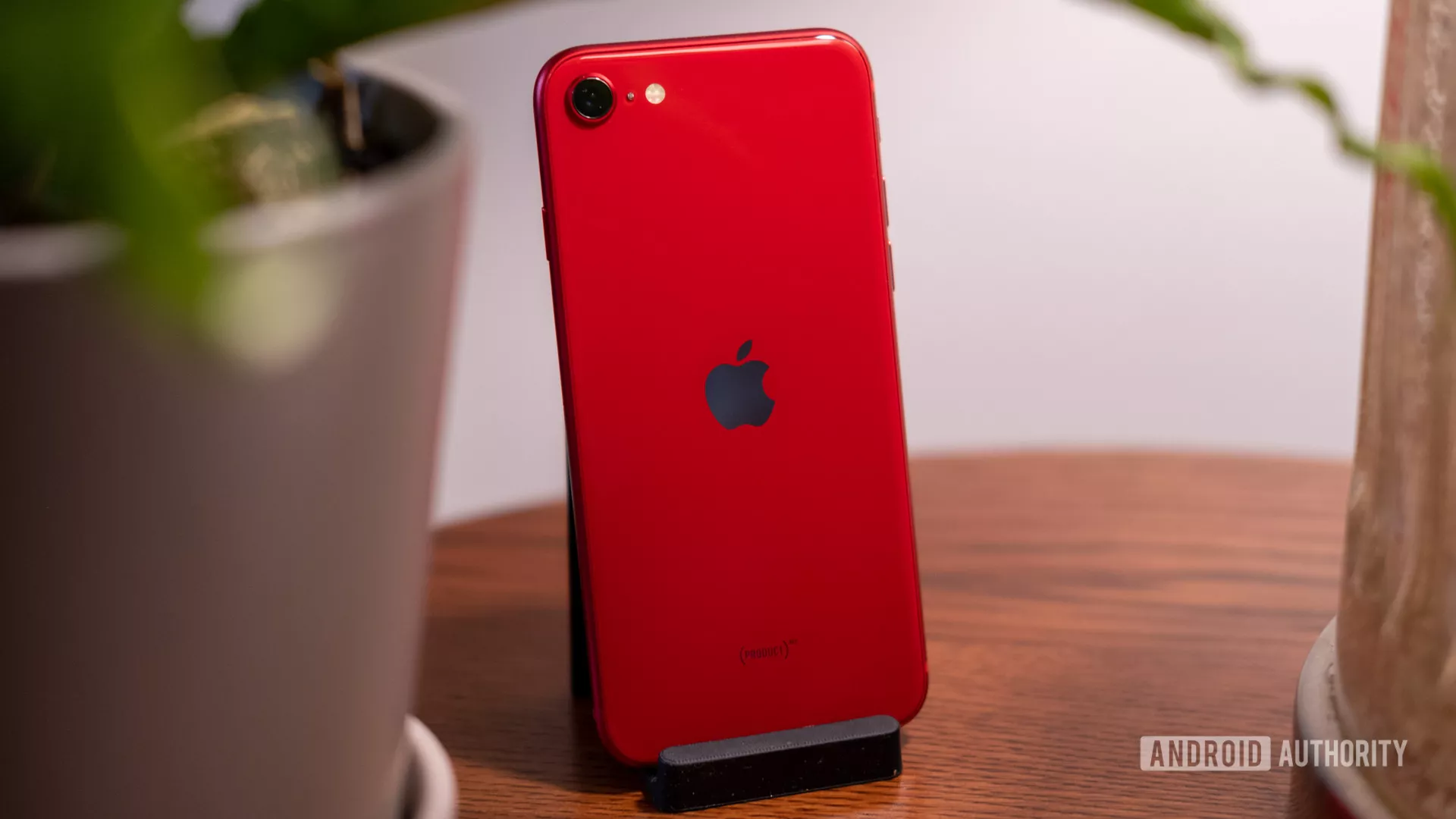
I will just come out and say it: Apple is bad for the audio market. It’s even worse now that its phones no longer ship with a dongle. Not only is its Bluetooth compatibility limited to AAC, but its war against the 3.5mm jack also led to the most foolish smartphone design memes of the day. It’s irritating that people look to it as some sort of market leader when it only fits the description if you’re looking at how much tax it dodges in the US.
However, the iPhone SE is a special phone that is a credible contender for the value phone crown. So, as much as it pains us to praise it, this is the phone to get if you don’t need a headphone jack but do need to save some coins. There are some notable advantages, like Apple’s H2 chip, which allows for much more stable connections with other Apple peripherals and Beats headphones. Additionally, if you want to get into the world of AirPods or AirPods Pro, this is the phone to get.
With a refreshed design in 2022, this $429 phone is in close contention with Google Pixel A-series phones (which we no longer include here after they dropped the headphone jack). The “not having a headphone jack” thing is a tough hurdle to overcome, but if you’re in the Apple ecosystem, no phone has one, so you may as well save the money for listening to music on the go.

iPhone SE (2022) specs:
- Display: 4.7-inch, 1,334 x 750
- SoC: Apple A15 Bionic
- RAM: 4GB
- Storage: 64/128/256GB
- Cameras: 12MP
- Front cameras: 7MP
- Battery: 2,018mAh
- Software: iOS 15.4
We still aren’t fans of how Apple treats the audio industry, but if you have the money to splurge, the iPhone 15 series has some of the best speakers in mobile. All four devices have dual speakers, one in the earpiece and one firing downwards, that are very well-tuned, and we had no issues raising the volume. As it goes with mobile phone speakers, the bass isn’t great.
Aside from the speakers, the iPhone 15 series has the latest audio features. These include Bluetooth 5.3, A2DP, spatial audio, and Dolby Atmos.
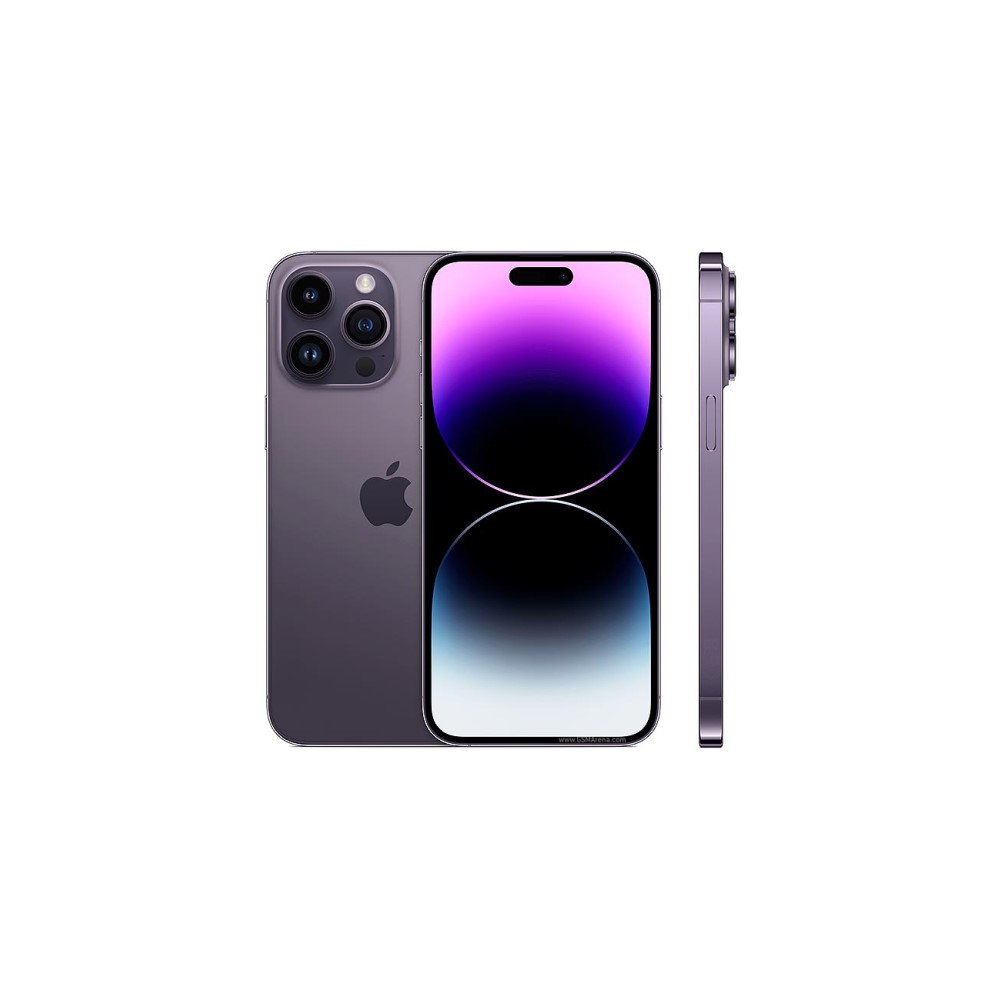
iPhone 15 Pro Max specs:
- Display: 6.7-inch, 1,290 x 2,796
- SoC: Apple A17 Pro
- RAM: 8GB
- Storage: 256/512/1,024GB
- Cameras: 48, 12, and 12MP + 3D LiDAR depth scanner
- Front cameras: 12MP + 3D depth sensor
- Battery: 4,441mAh
- Software: iOS 17
On a budget? Try the Samsung Galaxy A15 5G
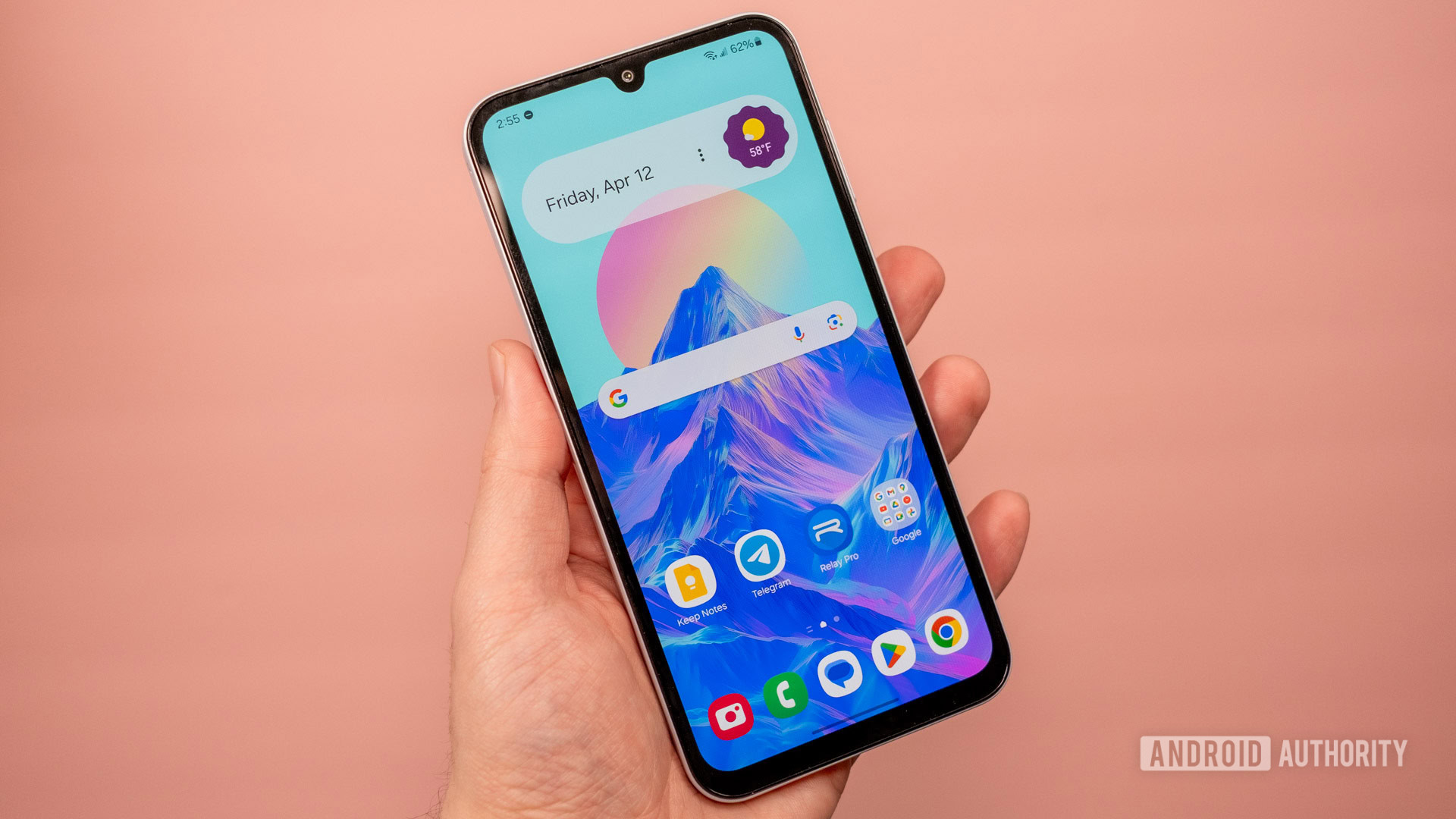
If you want a good, affordable handset that’s also one of the best phones with a headphone jack, the Samsung Galaxy A15 5G is definitely up there. It’s Samsung’s entry-level handset, priced just under $200.
Aside from the handy headphone jack, you will get a nice 6.5-inch Super AMOLED screen with a 90Hz refresh rate, a Dimensity 6100+ chipset, up to 8GB of RAM, and a 5,000mAh battery. Charging is not impressive at 25W, it has no wireless charging, and features no IP rating. It also has a single mono speaker that doesn’t sound the best. With that price point, though, you can’t really complain about these things, and we still think this is among the best phones with a headphone jack.

Galaxy A15 5G specs:
- Display: 6.5-inch, Full HD+
- SoC: Dimensity 6100+
- RAM: 4/6/8GB
- Storage: 128/256GB
- Cameras: 50, 5, and 2MP
- Front camera: 13MP
- Battery: 5,000mAh
- Software: Android 14
What you should know about smartphone audio
Smartphones have come a long way since the video below was released four years ago, but it still gives a good overview of the challenges faced by smartphones when striving to deliver a great audio experience.
While objectively collected data is all well and good, it doesn’t exactly tell you everything you need to know about a phone’s performance. If you bought a phone in the last five years, chances are it’s more than enough for you unless it lacks a specific feature you want. Now that digital media’s performance has started to sail beyond the limits of our hearing perception, test results matter less and less — while features matter more and more. It’s extremely rare that one phone will sound much worse than another when used with popular streaming services.
| Headphone Jack? | Frequency response | Dynamic Range | Total Harmonic Distortion | Noise floor | Speaker volume | |
|---|---|---|---|---|---|---|
Apple iPhone XS Max | Headphone Jack? No | Frequency response +0.1 / -0 dB | Dynamic Range 98.9dBA | Total Harmonic Distortion 0.0023% | Noise floor -99.5dBA | Speaker volume 76dB |
Asus Zenfone 6 | Headphone Jack? Yes | Frequency response +0.05 / -0.17 dB | Dynamic Range 83.2dBA | Total Harmonic Distortion 0.001% | Noise floor -83dBA | Speaker volume 82.2dB |
Google Pixel 3 | Headphone Jack? No | Frequency response +0.1/ -0 dB | Dynamic Range 99.3dBA | Total Harmonic Distortion 0.0026% | Noise floor -99.7dBA | Speaker volume 75.5dB |
Google Pixel 3a XL | Headphone Jack? Yes | Frequency response +0 / -0.34 dB | Dynamic Range 99.8dBA | Total Harmonic Distortion 0.0023% | Noise floor -99.8dBA | Speaker volume 74.4dB |
Google Pixel 3 XL | Headphone Jack? No | Frequency response +0.1 / -0 dB | Dynamic Range 99.2dBA | Total Harmonic Distortion 0.0026% | Noise floor -99.7dBA | Speaker volume 76.8dB |
Google Pixel 4 | Headphone Jack? No | Frequency response 0 / -0.1 dB | Dynamic Range 102.2dBA | Total Harmonic Distortion 0.001% | Noise floor -102.2dBA | Speaker volume 84.2dB |
Google Pixel 4XL | Headphone Jack? No | Frequency response 0 / -0.11 dB | Dynamic Range 103.6dBA | Total Harmonic Distortion 0.0013% | Noise floor -103.6dBA | Speaker volume 84.2dB |
LG G8 ThinQ | Headphone Jack? Yes | Frequency response +0.01 / -0.06 dB | Dynamic Range 98.6dBA | Total Harmonic Distortion 0.0019% | Noise floor -98.6dBA | Speaker volume 82.1dB |
LG G8X | Headphone Jack? Yes | Frequency response +0.04 / -0.12 dB | Dynamic Range 99dBA | Total Harmonic Distortion 0.0016% | Noise floor -99dBA | Speaker volume 88.5dB |
LG V60 | Headphone Jack? Yes | Frequency response +0.03 / -0.11 dB | Dynamic Range 100.1dBA | Total Harmonic Distortion 0.00173% | Noise floor -100.1dBA | Speaker volume 87.9dB |
OnePlus 6T | Headphone Jack? No | Frequency response +0 / -0.1 dB | Dynamic Range 97.7dBA | Total Harmonic Distortion 0.001% | Noise floor -97.6dBA | Speaker volume 72.9dB |
OnePlus 7 Pro | Headphone Jack? No | Frequency response +0 / -0.1 dB | Dynamic Range 97.7dBA | Total Harmonic Distortion 0.0009% | Noise floor -97.7dBA | Speaker volume 72.9dB |
Samsung Galaxy S10 Plus | Headphone Jack? Yes | Frequency response +0.01 / -0.06 dB | Dynamic Range 96.9dBA | Total Harmonic Distortion 0.0015% | Noise floor -96.9dBA | Speaker volume 76.5dB |
Samsung Galaxy S10e | Headphone Jack? Yes | Frequency response +0 / -0.39 dB | Dynamic Range 96.6dBA | Total Harmonic Distortion 0.0025% | Noise floor -96.6dBA | Speaker volume 76.5dB |
Sony Xperia 1 II | Headphone Jack? Yes | Frequency response +0.26 / -0.17 dB | Dynamic Range 100.4dBA | Total Harmonic Distortion 0.0024% | Noise floor -100.4dBA | Speaker volume 77.3dB |
Sony Xperia 1 | Headphone Jack? No | Frequency response +0.01 / -0.06 dB | Dynamic Range 100dBA | Total Harmonic Distortion 0.013% | Noise floor -100dBA | Speaker volume 89.3dB |
Xiaomi Mi Mix 3 | Headphone Jack? No | Frequency response +0 / -0.1 dB | Dynamic Range 101.4dBA | Total Harmonic Distortion 0.0012% | Noise floor -101.3dBA | Speaker volume 73.8dB |
ZTE Axon 10 Pro | Headphone Jack? Yes | Frequency response +0 / -0.1 dB | Dynamic Range 98.4dBA | Total Harmonic Distortion 0.003% | Noise floor -101.3dBA | Speaker volume 76.1dB |
When it comes to wired listening, the lower the distortion and noise, the better the result. Similarly, the lower the deviation found in testing frequency response, the less the sound will be altered. While some people like to artfully tune their music, any component other than the headphones or the software playing back the music shouldn’t affect the signal at all. Only deviations + /—3dB will be noticeable at all.
Our tests are overkill.
Few phones have issues here, but it’s not unheard of for a modern phone to have some weird issues here (*cough* the original Pixel *cough*). The frequency response test is more pass/fail than anything.
It will sound trite, but every single one of the phones listed here is all that we’d categorize as “perceptually perfect,” given their performance meets or exceeds what your average human can hear. However, they’re not actually perfect, and users with more power-hungry headphones may run into issues.
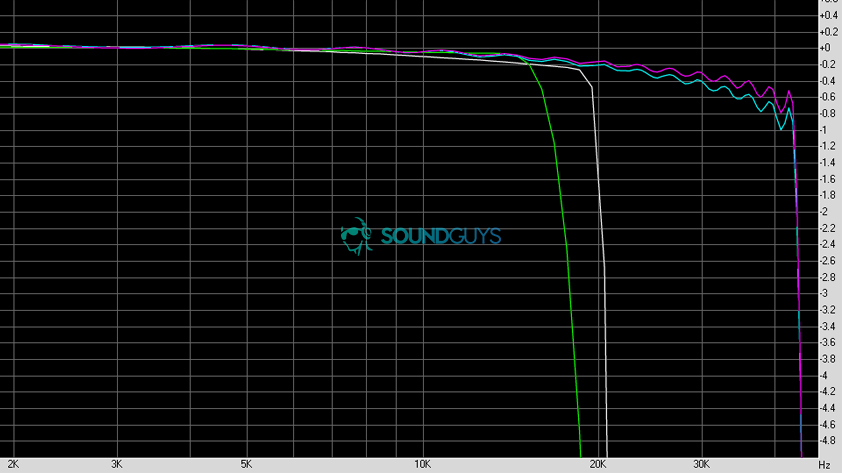
In our testing, we noticed that the phones with dongles (Apple iPhones, Google Pixel devices) refused to output sound at the specified sample rate. We have no idea why this happened, but we could reproduce our results almost exactly between several different copies of each device with three testers. The upshot is that these phones should have an easier time dispelling IM distortion, but the tradeoff is that it technically isn’t performing as well.
While you shouldn’t really be able to tell when you stream music, ultra-hardcore wired-listening-only audiophiles might be unimpressed with this. It’s just as well—that crowd should avoid dongles if they’re using power-hungry headphones anyway.
Those who want to use Bluetooth audio must ensure that their phones and headphones speak the same language or codec. If they don’t, you likely won’t be able to enjoy your music as much as you could. Not all phones are created equal with Bluetooth support, and it’s worth knowing what codecs you can use on your mobile.
| A2DP | AAC | aptX | aptX HD | LDAC | |
|---|---|---|---|---|---|
Google Pixel 3 | A2DP ✓ | AAC ✓ | aptX ✓ | aptX HD ✓ | LDAC ✓ |
LG V60 ThinQ | A2DP ✓ | AAC ✓ | aptX ✓ | aptX HD ✓ | LDAC ✓ |
Samsung Galaxy S9+ | A2DP ✓ | AAC ✓ | aptX ✓ | aptX HD ✓ | LDAC ✓ |
Nokia 8 | A2DP ✓ | AAC ✓ | aptX ✓ | aptX HD ✓ | LDAC |
Apple iPhone XS Max | A2DP ✓ | AAC ✓ | aptX | aptX HD | LDAC |
OnePlus 6T | A2DP ✓ | AAC ✓ | aptX ✓ | aptX HD ✓ | LDAC ✓ |
Razer Phone 2 | A2DP ✓ | AAC ✓ | aptX ✓ | aptX HD ✓ | LDAC ✓ |
Huawei Mate 20 Pro | A2DP ✓ | AAC ✓ | aptX ✓ | aptX HD ✓ | LDAC ✓ |
Sony Xperia XZ3 | A2DP ✓ | AAC ✓ | aptX ✓ | aptX HD ✓ | LDAC ✓ |
Sony XPERIA 1 II | A2DP ✓ | AAC ✓ | aptX ✓ | aptX HD ✓ | LDAC ✓ |
However, software updates can change the checkmarks on this list, so prepare for it to change over time. Many of these phones will eventually support aptX and LDAC through updates to Android, while Apple’s support remains beholden to a tough-to-predict update schedule.
How do we test phones?
Using a dedicated audio interface, we measure the output of each phone. Using a software called Room EQ Wizard, we can measure things like dynamic range, distortion, noise, frequency response, and more. By logging these results, we can compare each phone against each other under the same test conditions with the same test files and the same equipment.
We can get a lot of information from a simple 96kHz/24-bit test file. We load the file onto the phones, play it back, and record the results. We did not use a higher-bitrate/higher-sample rate file; CD quality sound is “only” 44.1kHz/16-bit, and that’s more than sufficient to satisfy the perceptual limits of the vast majority of humans on Earth. We go with roughly double the highest common settings that most people will use. In this case, it is something that would meet or exceed CD quality because no streaming service can do that currently.
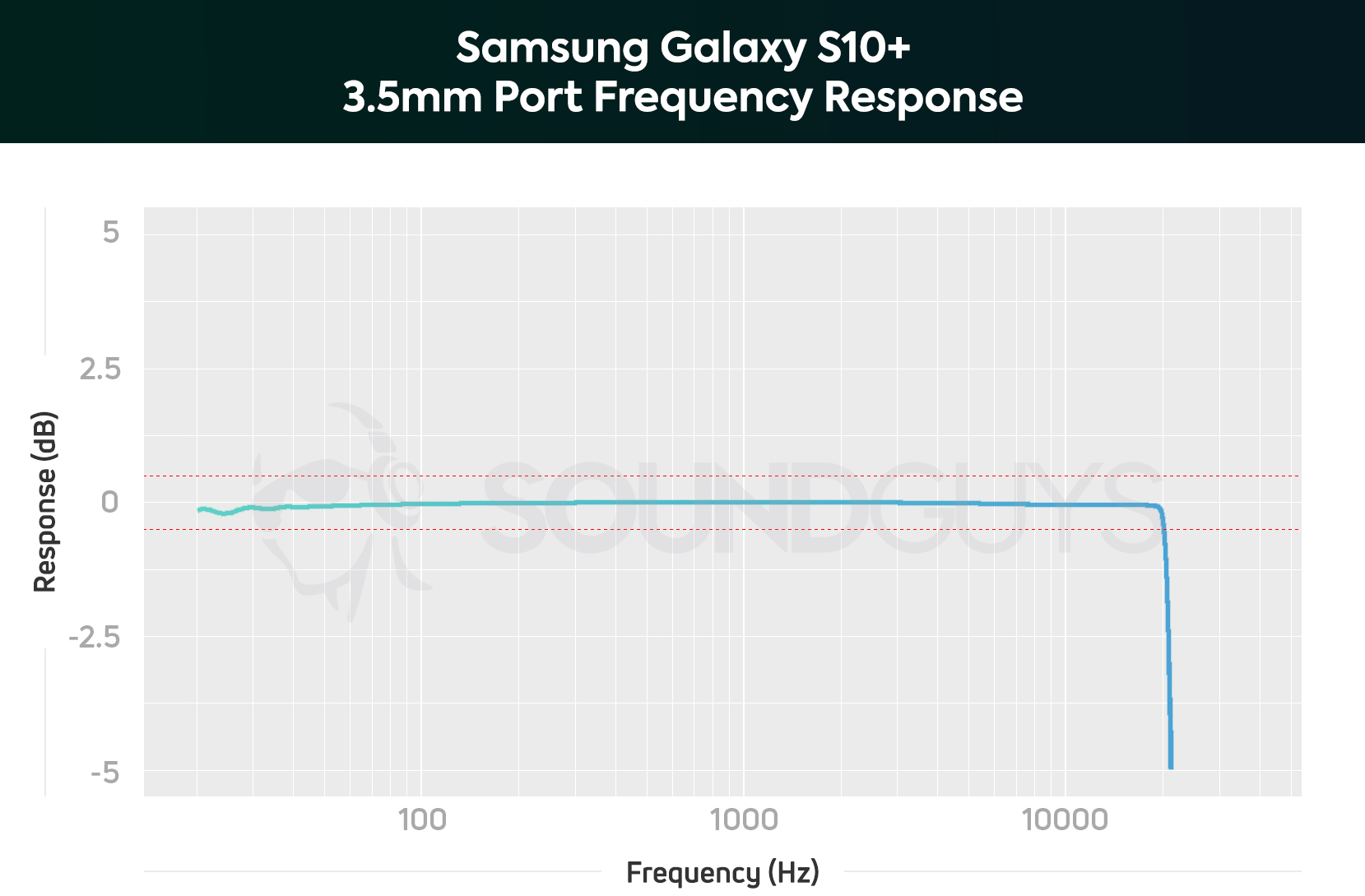
Speaker testing is fairly rudimentary. By playing a pink noise sample at full volume, we can measure the output with a microphone pointed directly at the phone. The front-facing units, on the whole, perform better than those on the bottom of the phone, given the sound is actually directed at the user.
Obviously, the existence of extra features and other concerns like Bluetooth have to factor into our decisions. However, these are generally present on the flagship phones and a few others. While our testing pool was artificially limited, companies had to shell out big bucks for licensing Bluetooth profiles and codecs. Generally, less expensive smartphones will also only include a few codecs, whereas the flagships will cover nearly all of them.
Frequently asked questions
For the majority of people, Spotify is the best music app, including Android users. See our list of the best music streaming apps to find out why and check out other options.
If you prefer wired listening, the best phone with a headphone jack is the Sony Xperia 1 V. If you can forgo the headphone jack, the phone with the best speakers is the Samsung Galaxy Fold 4.
In 2023, the smartphone with the best sound quality is the Sony Xperia 1 V. It offers a range of features that contribute to excellent sound quality including a high-quality DAC, stereo speakers, and native support for high-resolution audio.
We recommend the iPhone SE as the best deal among iPhones. Despite Apple’s controversial stance on the audio market and lack of a headphone jack, the iPhone SE stands out, thanks to its H2 chip and compatibility with AirPods or AirPods Pro. Its $429 price tag makes it a value pick, especially for those already in the Apple ecosystem.
To get the highest audio quality for music, you’ve got to turn to lossless audio formats. These formats, like FLAC, ALAC, and DSD, deliver sound matching the original studio recordings. Be ready for a big bite out of your storage, though. These tracks are weighty, but it’s the price you pay for audio perfection. Remember, you’ll need a good pair of headphones for the full benefit.
Craving the best audio experience from your mobile device? You’ll need more than just a smartphone. A high-quality pair of wired headphones can make a world of difference, giving you an audio quality that Bluetooth can’t compete with. Make sure your music files are in high-resolution formats like FLAC or ALAC. Also, don’t sleep on streaming services. For instance, services like TIDAL offer Hi-Fi audio streaming, so you can enjoy lossless audio wherever you are. But beware, high-resolution audio can eat up your data allowance fast.